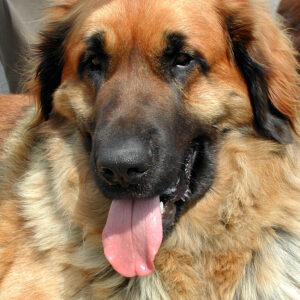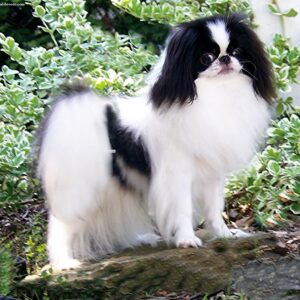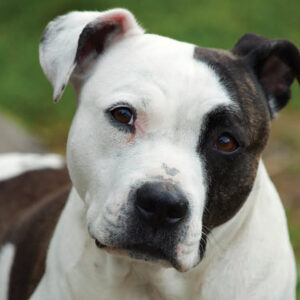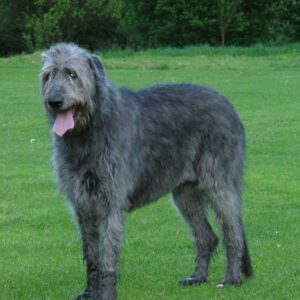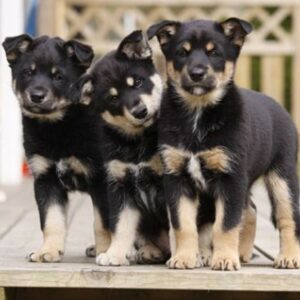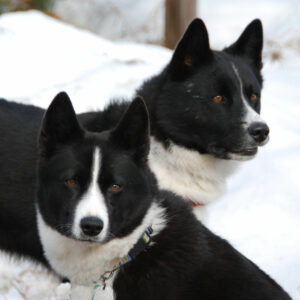Welcome to our guide on the Dandie Dinmont Terrier breed! These cute, small dogs are a great addition to any household, but before you decide to get one, there are some important things you should know. In this guide, we will cover the origins and history of this breed, their characteristics, how to choose the best foods for them, how to train and take care of them, and some frequently asked questions. Let’s get started!
History
The Dandie Dinmont Terrier breed has a fascinating history that begins in the border country between England and Scotland. It is named after a character in a Sir Walter Scott novel, and was first bred in the early 1700s. These dogs were used for hunting badgers, otters, and other small game, and they were prized for their ability to go into burrows and fight their prey. They were also used as watchdogs and for ratting, and were known for their tenacity and courage. Over time, the breed became more popular as a companion dog, and they are now beloved pets in many households around the world.
One interesting fact about the Dandie Dinmont Terrier breed is that they were almost extinct at one point in the 19th century. However, a group of breed enthusiasts worked hard to revive the breed, and by the early 1900s, they were once again a popular breed. Today, they are recognized by the American Kennel Club and other major dog organizations, and are considered to be one of the most unique and charming dog breeds out there.
Location of Origins
The Dandie Dinmont Terrier breed was first bred in the border country between England and Scotland. This area is known for its rugged hills and beautiful scenery, and it is where the breed’s name comes from. Dandie Dinmont was a character in a novel by Sir Walter Scott set in the border region, and the name stuck when the breed was first introduced. Today, you can find Dandie Dinmont Terriers all around the world, but they are still beloved by people in Scotland and other parts of the UK.
Characteristics
Dandie Dinmont Terriers are small dogs that usually weigh between 18-24 pounds. They have a distinctive appearance, with long, floppy ears and a shaggy coat that comes in shades of brown and gray. Their eyes are dark and expressive, and they have a friendly, curious demeanor. These dogs are known for being good with children and other pets, and they make excellent companions for people of all ages.
One thing to note about Dandie Dinmont Terriers is that they have a stubborn streak. They are smart dogs, but they can sometimes be difficult to train because they like to do things their own way. This can be frustrating for new owners, but with patience and persistence, you can teach your Dandie Dinmont Terrier to follow commands and behave well.
Another characteristic of the Dandie Dinmont Terrier breed is that they have a strong prey drive. This means that they may chase after small animals like squirrels and rabbits, so it’s important to keep them on a leash or in a secure yard when you take them outside.
Overall, Dandie Dinmont Terriers are a delightful breed that makes a great addition to any household. They have a unique look and personality that sets them apart from other dog breeds, and they are sure to bring joy and laughter to your life.
Choosing the Best Foods
Feeding your Dandie Dinmont Terrier a healthy, balanced diet is one of the most important things you can do to keep them healthy and happy. Here are some tips for choosing the best foods for your furry friend:
- Look for dog foods that are made with high-quality ingredients like meat, vegetables, and whole grains. Avoid foods that contain artificial flavors or preservatives, as these can be harmful to your dog’s health.
- Choose a food that is appropriate for your dog’s age, size, and activity level. Puppies have different nutritional needs than adult dogs, and larger dogs may require different amounts of food than smaller dogs.
- Consider whether your dog has any special dietary needs or allergies. Some dogs may require a grain-free or low-fat diet, while others may need a food that is designed for sensitive stomachs.
- Ask your veterinarian for recommendations on the best dog food brands for your Dandie Dinmont Terrier. They can help you choose a food that meets your dog’s nutritional needs and is also affordable for your budget.
- Be careful not to overfeed your dog, as this can lead to obesity and other health problems. Follow the feeding instructions on the dog food package, and monitor your dog’s weight to make sure they are staying at a healthy level.
Training
Training your Dandie Dinmont Terrier can be a challenging but rewarding experience. These dogs are intelligent and independent, which means that they may require some extra patience and persistence in order to learn new commands. Here are some tips for training your furry friend:
- Start training your Dandie Dinmont Terrier when they are young, ideally around 8-12 weeks of age. This is the best time to start teaching them basic commands like “sit,” “stay,” and “come.”
- Use positive reinforcement to encourage good behavior. Praise your dog with treats, toys, or other rewards when they follow your commands correctly.
- Be patient and persistent. It may take several weeks or even months for your dog to learn a new command, so don’t get discouraged if they don’t get it right away.
- Make training fun for your dog by incorporating games and playtime into your training sessions. This will help your dog stay engaged and motivated to learn.
- Consider enrolling your Dandie Dinmont Terrier in obedience classes or working with a professional dog trainer. This can be especially helpful if you are a first-time dog owner.
Taking Care
Taking care of your Dandie Dinmont Terrier is essential for keeping them healthy and happy. Here are some tips for taking care of your furry friend:
- Regularly groom your dog’s coat to prevent mats and tangles. Dandie Dinmont Terriers have a thick, shaggy coat that requires regular brushing and trimming.
- Clean your dog’s ears and trim their nails regularly to prevent infections and injuries.
- Exercise your dog regularly to keep them physically and mentally healthy. Dandie Dinmont Terriers enjoy walks, playtime, and other physical activities.
- Take your dog to the veterinarian for regular check-ups and vaccinations. This will help keep them healthy and prevent serious health problems down the road.
- Provide your dog with a comfortable and safe living environment. This includes a cozy bed, plenty of toys and treats, and a secure, fenced-in yard or enclosed area for them to play in.
FAQs
Here are some frequently asked questions about Dandie Dinmont Terriers:
- What is the life expectancy of a Dandie Dinmont Terrier?
- Do Dandie Dinmont Terriers shed?
- Are Dandie Dinmont Terriers good with children?
- Do Dandie Dinmont Terriers require a lot of exercise?
- Can Dandie Dinmont Terriers be trained to do tricks?
The average lifespan of a Dandie Dinmont Terrier is 12-15 years.
Yes, Dandie Dinmont Terriers do shed, but they do not shed heavily like some other breeds. Regular brushing and grooming can help manage shedding.
Yes, Dandie Dinmont Terriers are great with children and make wonderful family pets.
Dandie Dinmont Terriers are active dogs that require regular exercise, but they do not need as much exercise as some other breeds. A daily walk or playtime in the backyard is usually sufficient.
Yes, Dandie Dinmont Terriers are highly intelligent and can be trained to do a variety of tricks and commands.
Conclusion
We hope this guide has been helpful in providing you with all the information you need to know about the Dandie Dinmont Terrier breed. These dogs are loyal, friendly, and make great companions for people of all ages. Whether you are a first-time dog owner or a seasoned pro, a Dandie Dinmont Terrier can be a wonderful addition to your household. Remember to choose the best foods for your dog, train them consistently, and provide them with plenty of love and care. Happy dog ownership!

